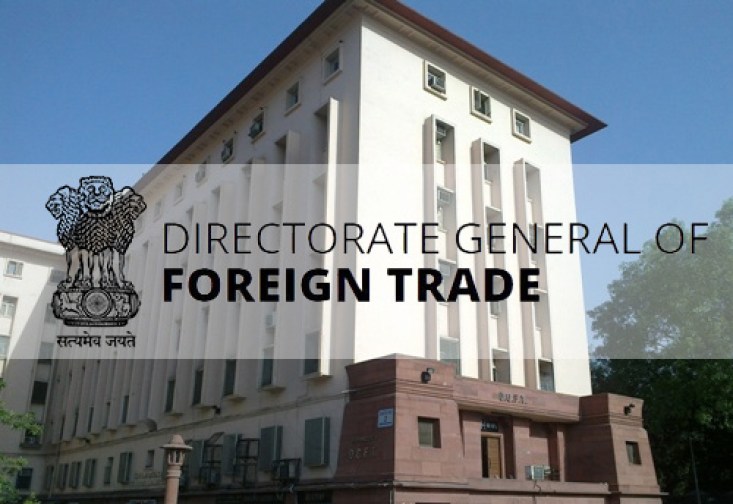
DGFT wants interest equalisation scheme for exporters to continue
NEW DELHI : In a move set to bring relief to exporters, the Directorate General of Foreign Trade (DGFT) has concluded that there is merit in continuing the interest equalisation scheme for the export sector and is in discussions with the Finance Ministry on the terms of its extension beyond the month-end, sources have said.
The scheme, which allows exporters of 410 identified products and all MSME exporters to access bank credit at a subsidised interest rate determined by the government, is set to lapse on June 30.
“The DGFT recently consulted export bodies and banks on the usefulness of the interest equalisation scheme. The study had been proposed by the Finance Ministry. It concluded that the scheme was being used by exporters to bring down their cost of credit and hence adding to their competitiveness. The DGFT is thus pushing for its continuation,” an official tracking the development said. The DGFT is an attached office of the Ministry of Commerce & Industry.
While the duration of the extension of the scheme is yet to be determined, the Finance Ministry is not in favour of increasing the rates of subvention which has been a big demand of exporters, the official added.
“Exporters want the interest equalisation scheme to be extended by 3-5 years to ensure continuity and predictability. It has to be decided whether the scheme will be extended till the end of the fiscal or beyond for a longer term,” the official said.
First implemented in April 2015 for five years, the interest equalisation scheme provides a 2 per cent interest subvention or subsidy on loans taken by exporters from 410 identified sectors and a 3 per cent subvention to exporters from the MSME sector. While the subsidy is provided by the banks, they are later reimbursed by the government for their lower interest earnings.
In its submission to the government, exporters body FIEO said the interest equalisation scheme for exporters provided much needed competitiveness to Indian exports and also made a case for higher subvention rates arguing that interest rate in India was much higher than the rates in competitor countries.
It also pressed for an increase in subvention rates by 2 per cent pointing out that the rates were reduced when repo rate was brought down to 4.4 per cent but it had subsequently increased to 6.5 per cent.
